Why Us?
At Sean Rhee, DDS, we go beyond providing oral health services. We believe in forming a partnership with you, prioritizing your well-being, and ensuring the highest quality periodontal care. Our team collaborates seamlessly, combining their expertise to deliver exceptional results for patients in California.
Comprehensive Periodontal Care
We provide holistic care tailored to your unique oral health needs.
Trust-Building Environment
We prioritize transparency and open communication to ensure you always feel comfortable.
Cutting-Edge Techniques
You can count on us for advanced periodontal treatments and implant technology.



explore
Our Services
Treatment Of Periodontal Disease
Keep your gums healthy with our comprehensive periodontal disease treatment options.
Crown Lengthening
Enhance your smile and oral health with our precise crown lengthening procedures.
Dental Implants
Restore your confident smile with our state-of-the-art dental implants.
Preliminary Implant Procedures
Prepare for success with our meticulous and supportive preliminary implant procedures.
Treatment For Peri-implantitis & Mucositis
We offer targeted treatments for peri-implantitis and mucositis, helping you maintain your implants.
special offer
$69 Emergency Exam & X-Ray*
Stay ahead of periodontal issues with our special offer for new patients! If you’re experiencing an emergency, visit our office for an exam and x-ray. This ensures that you get the treatment you need as soon as possible, with care provided by true professionals. Click below to learn more!


learning center
Dental Implants
Explore our comprehensive learning center to uncover all the essential information about dental implants, including their multitude of benefits and the transformative impact they can have on your smile.
Address
2525 K Street #202
Sacramento, CA 95816
lorem ipsum
Smile Gallery
Proin gravida nibh vel velit auctor aliquet. Aenean sollicitudin, lorem quis bibendum auctor, nisi elit consequat ipsum, nec sagittis sem nibh id elit.
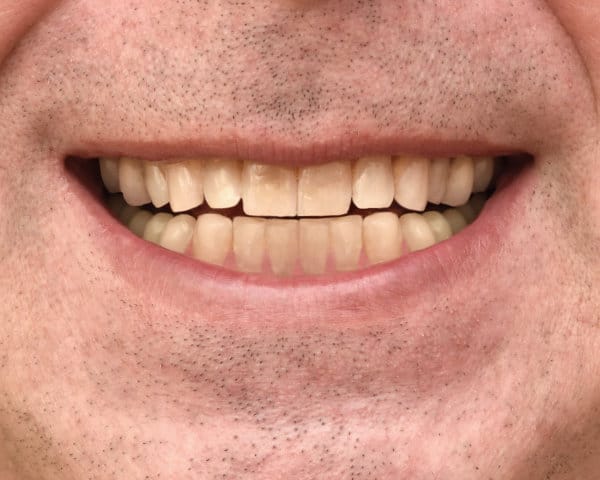
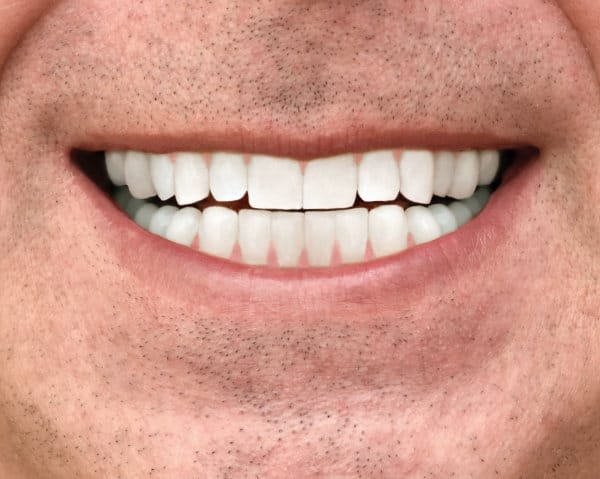
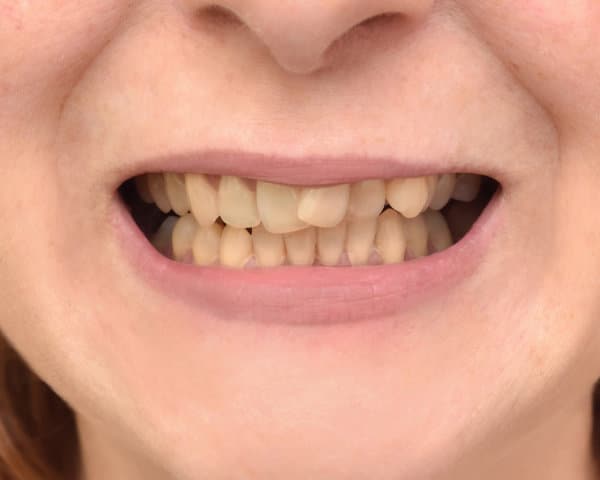
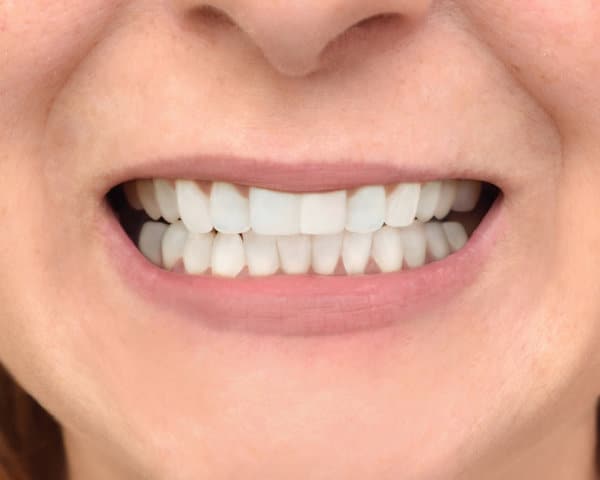
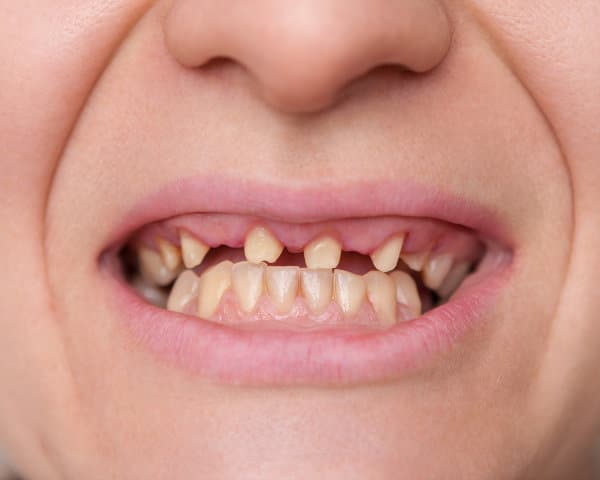
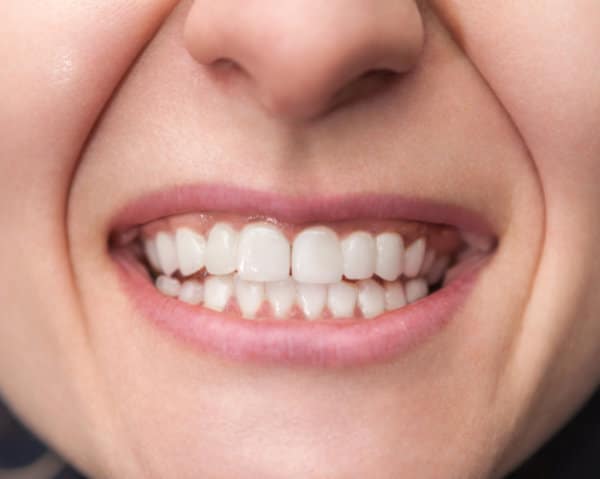

have questions?
Implant FAQ's
Proin gravida nibh vel velit auctor aliquet. Aenean sollicitudin, lorem quis bibendum auctor, nisi elit consequat ipsum, nec sagittis sem nibh id elit.
free survey
Am I A Candidate?
Curious about dental implants to restore your smile? Take our free survey to understand your options and if you might be a suitable candidate.



